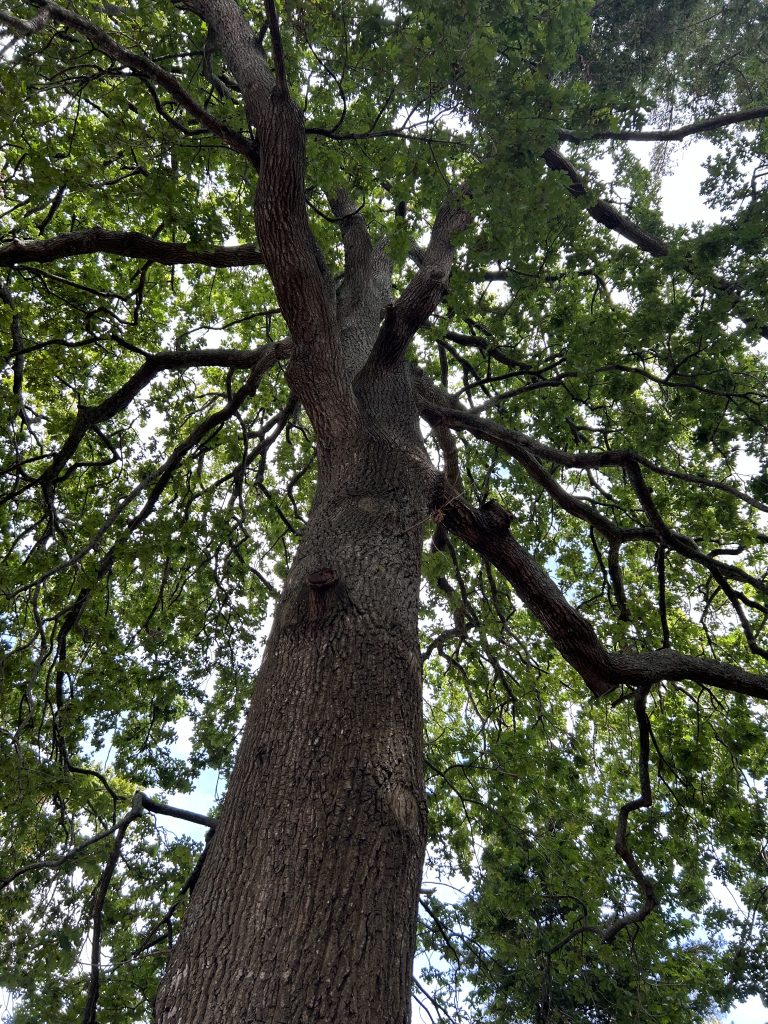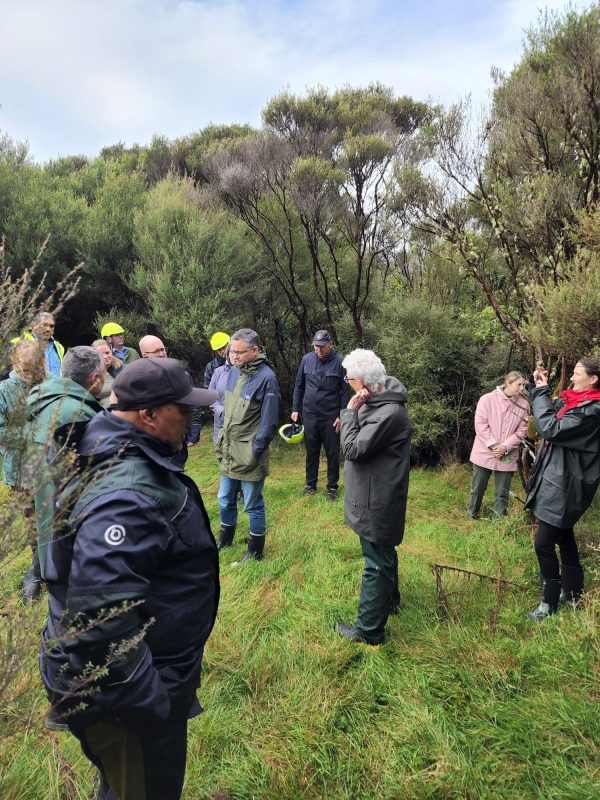Suitability of oak trees for agroforestry
Oak trees are known to have toxic effects on livestock. However, cases of animal sickness and death are relatively rare. Poisoning results from eating large quantities of fresh buds, green leaves, and green acorns where other feed options are unavailable. If stock and pasture are managed appropriately, oak poisoning can be prevented.
What makes oak leaves and acorns toxic?
All oaks naturally contain traces of tannins and phenols. These are the chemicals that have toxic effects on livestock. The concentration of these toxins varies depending on the particular species, seasonality, and climate conditions. When ingested, tannins and phenols attack proteins of the gastrointestinal tract. In high enough concentrations, ingestion of these toxins causes damage to the mouth, oesophagus, rumen, and intestines of cattle and sheep. The results can include ulcers, bleeding, and perforation. Some of the tannins are converted into other chemicals and absorbed into the blood stream where they travel to the kidneys.
The benefits of oaks in agroforestry programme
Oaks have been selected by farmers worldwide to support the development of new agroforestry programmes. By intentionally integrating oaks with pasture, farmers can achieve multiple outcomes.
- Oak trees provide shelter for animals: protection from the elements is proven to support growth of livestock and help manage animal welfare concerns. Oaks are an especially suitable tree for shelter in pasture as the have a neutral impact on grass growth.
- The leaves and acorns of oak trees can be nutritious: Leaves are known to ‘bind up’ runny manure caused by lush grass, and aged brown acorns provide a rich source of carbohydrates. The tannins in oak leaves and acorns, when consumed in controlled amounts, can also improve protein metabolism in ruminants, reduce bloat, and eradicate gastrointestinal parasites.
- Oaks support the growth of truffles: As one of the few tree species that support the mycorrhizal networks necessary for the growth of truffles, oaks provide landowners with a valuable non-timber forest product.
Managing risk of oak toxicity
For farmers particularly concerned about the toxicity of oak leaves and acorns, there are various ways to mitigate the chance of stock poisoning. These include:
- Limit stock access to leaves and acorns when still green: Poisoning of livestock often occurs following a severe weather event. Downed trees or tree limbs result in large quantities of buds, green leaves or acorns being immediately available to grazing animals. Stock should be kept away from fallen trees or limbs following a storm.
- Ensuring there is sufficient grass for stock in paddocks with oak trees: As acorns fall naturally, make sure there is sufficient grass or other forage crops for livestock. This will prevent livestock gorging an available acorns.
- Utilise lower-tannin species from the white oak group: The popular English oak (q. robur) has lower levels of tannin than species in the red oak group. Planting these trees in pasture decreases the chance of stock poisoning.
For more information on integrating oak trees into your farming platform see:
https://reverencefarms.com/creating-silvopasture-out-of-woodlands/




